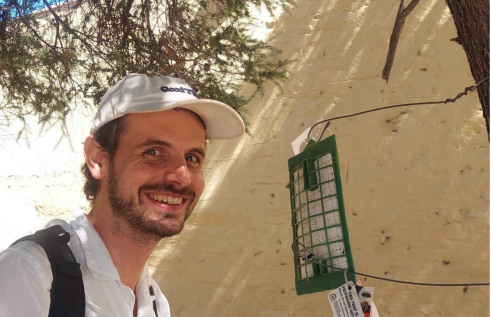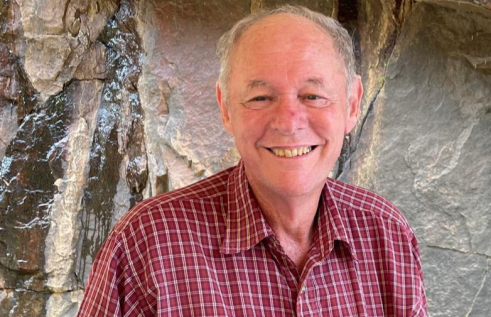RIEL seminar series
Developing conservation benefit-sharing mechanisms in Tanzania
| Presenter | Juma Kegamba | |
|---|---|---|
| Date |
|
|
| Time |
to
|
|
| Contact person |
RIEL outreach
|
|
| Location | Casuarina campus Yellow 1.1.39 | |
| Open to | Public | |
Benefit-sharing has been instrumental in empowering local communities living on the edge of protected areas to engage in natural resource management and enhance biodiversity conservation outcomes. Tanzania has various categories of protected areas managed by six main conservation institutions, each with different types of benefit-sharing mechanisms.
This research aims to investigate how institutional frameworks for wildlife conservation affect the distribution of benefits to local people in the Great Serengeti Ecosystem (GSE). In addition, this research will investigate whether Indigenous and other local people’s needs and values regarding conservation benefits vary according to a community’s social-economic system.
Understanding the types of benefits that conservation delivers, various mechanisms used to deliver those benefits, the outcomes for communities and the limitations of each mechanism, along with community aspirations and needs, may yet allow the development of culturally appropriate and acceptable benefit-sharing mechanisms that will support the sustainability, success, and longevity of conservation programs in the future.
My name is Juma Joseph Kegamba I’m originally from Tanzania where I serve as an Assistant Lecturer at the College of African Wildlife Management, Mweka. I hold a Master degree in Environmental Management from Charles Darwin University, Australia (2015-2016) and Bachelor degree in Wildlife Science and Conservation from the University of Dar es Salaam, Tanzania.
I worked as a Game Warden with the Tanzanian Wildlife Division in various game reserves for 8 years. I joined Mweka College as Tutorial Assistant in 2013. My principal research interests are within the fields of community engagement, biodiversity conservation, ecosystem services and human wildlife interface.
My PhD research investigates how conservation institutional frameworks affect distribution of conservation benefits to local people and what benefits are demanded and valued by indigenous people in the Great Serengeti Ecosystem, Tanzania.
Related Events

Boring beetles and super models: mapping the distribution of a new invader
The polyphagous shot-hole borer (PSHB) is a tiny beetle with a mouthful of a name, but it’s been making headlines as a new invasive species in Australia. PSHB was first detected in Perth three years ago and has since devastated trees across the city. There are concerns about what its further spread could mean for urban, agricultural and natural environments.
Read more about Boring beetles and super models: mapping the distribution of a new invader
Groundwater: Hidden wonder of the Northern Territory
The seminar ‘Groundwater: Hidden wonder of the Northern Territory’ will be presented in two parts. First, Steven will provide a basic explanation of what groundwater is and concepts of how groundwater systems operate. He will then give an NT-wide view of groundwater properties and processes.
Read more about Groundwater: Hidden wonder of the Northern Territory
Carbon and water adventures in north Australia
With climate change and increasing land use pressures there is more and more demand for knowledge of carbon dynamics and water use as well as water resource management. Lindsay’s research is focused on providing better understanding of the biophysical environment of tropical land and water systems.
Read more about Carbon and water adventures in north Australia